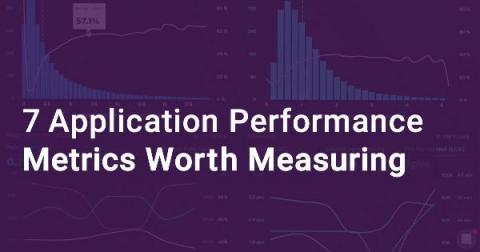Log Analysis: What Is It and How Does It Work?
If you work in Information Technology, you have doubtless encountered logs- in fact depending on your area of expertise, you may be inundated with them on a daily basis. Nearly every piece of digital technology produces some kind of log, from complex web applications to the drivers that power your mouse and keyboard. As such, the definition of what a “log” actually is, is necessarily loose; any output received from a piece of software could be considered a log.











